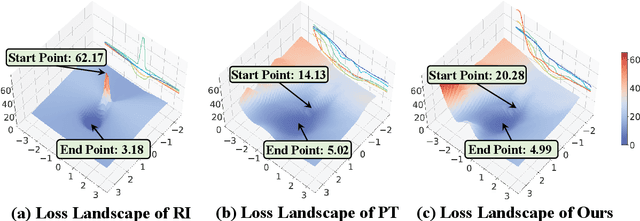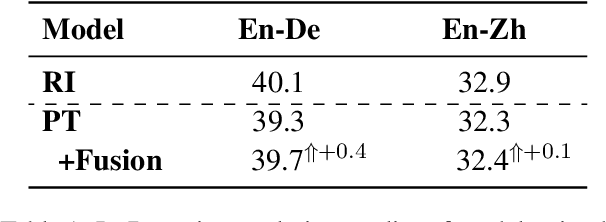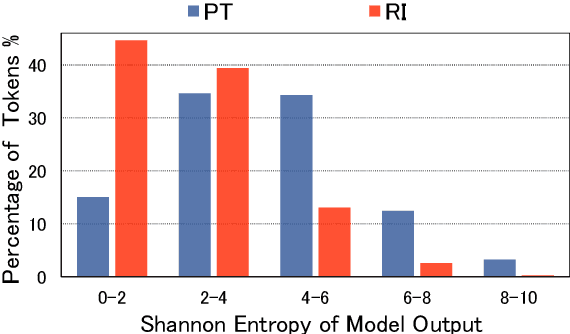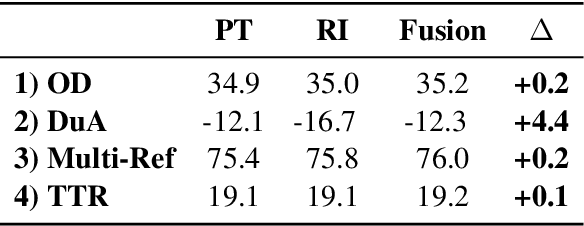On the Complementarity between Pre-Training and Random-Initialization for Resource-Rich Machine Translation
Paper and Code
Sep 15, 2022



Pre-Training (PT) of text representations has been successfully applied to low-resource Neural Machine Translation (NMT). However, it usually fails to achieve notable gains (sometimes, even worse) on resource-rich NMT on par with its Random-Initialization (RI) counterpart. We take the first step to investigate the complementarity between PT and RI in resource-rich scenarios via two probing analyses, and find that: 1) PT improves NOT the accuracy, but the generalization by achieving flatter loss landscapes than that of RI; 2) PT improves NOT the confidence of lexical choice, but the negative diversity by assigning smoother lexical probability distributions than that of RI. Based on these insights, we propose to combine their complementarities with a model fusion algorithm that utilizes optimal transport to align neurons between PT and RI. Experiments on two resource-rich translation benchmarks, WMT'17 English-Chinese (20M) and WMT'19 English-German (36M), show that PT and RI could be nicely complementary to each other, achieving substantial improvements considering both translation accuracy, generalization, and negative diversity. Probing tools and code are released at: https://github.com/zanchangtong/PTvsRI.
 Add to Chrome
Add to Chrome Add to Firefox
Add to Firefox Add to Edge
Add to Edge